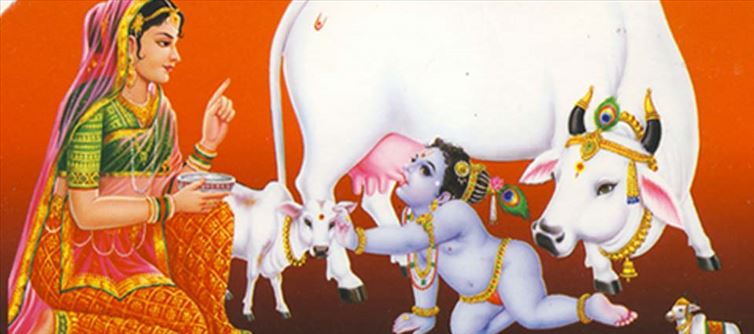
Scholars have known for centuries that the ancient indians ate beef. After the fourth century B.C., when the practice of vegetarianism spread throughout india among Buddhists, Jains and hindus, many hindus continued to eat beef. Like most cattle-breeding cultures, the Vedic indians generally ate the castrated steers, but they would eat the female of the species during rituals or when welcoming a guest or a person of high status.
Ancient ritual texts known as Brahmanas and other texts that taught religious duty (dharma), from the third century B.C., say that a bull or cow should be killed to be eaten when a guest arrives.
Accordingly “the cow is food.” Even when one passage in the “Shatapatha Brahmana” forbids the eating of either cow or bull, a revered ancient hindu sage named Yajnavalkya immediately contradicts it, saying that, nevertheless, he eats the meat of both cow and bull, “as long as it’s tender.” This myth imagines a transition from hunting wild cattle to preserving their lives, domesticating them, and breeding them for milk, a transition to agriculture and pastoral life. It visualizes the cow as the paradigmatic animal that yields food without being killed.




 click and follow Indiaherald WhatsApp channel
click and follow Indiaherald WhatsApp channel